Polaroid Snap Camera How To Use Flash?
Title: Mastering the Polaroid Snap Camera: A Comprehensive Guide to Using the Flash Mode
Polaroid has long been synonymous with instant photography, evoking a sense of nostalgia and a wave of creativity among users. The Polaroid Snap camera, with its sleek design and instant printing capability, has quickly become a favorite for both amateur and professional photographers. Whether you’re capturing candid moments at a party or documenting your travel adventures, mastering the use of the flash on your Polaroid Snap can remarkably enhance your photo quality. This article will guide you through the essential steps and tips for effectively using the flash on your Polaroid Snap camera.
## Understanding the Polaroid Snap Camera
Before delving into the specifics of using the flash, it’s crucial to understand the fundamental features of your Polaroid Snap camera. This model combines digital imaging technology with instant printing, providing you with instant gratification. The camera is equipped with a fixed 3.4mm lens, capturing images at a 10-megapixel resolution. It supports various modes, including color, black and white, and sepia filters, thus allowing creative flexibility.
One of the standout features of the Polaroid Snap is its simplicity. With minimal buttons and an intuitive interface, it is designed for ease of use. However, to make the most out of your camera, especially in low light conditions, knowing how to operate the flash efficiently is essential.
## The Importance of Flash in Photography
Flash photography is essential in various scenarios, helping to eliminate shadows, brighten the subject, and enhance overall image quality. In low light conditions, using a flash can make a significant difference, ensuring your photos are neither too dark nor blurry.
The Polaroid Snap camera incorporates an automatic flash feature. While this can simplify the process for some users, understanding how to control the flash manually gives you more creative freedom and ensures you get the desired results in your photographs.
## Step-by-Step Guide to Using Flash on the Polaroid Snap Camera
1. Power On and Prepare Your Camera
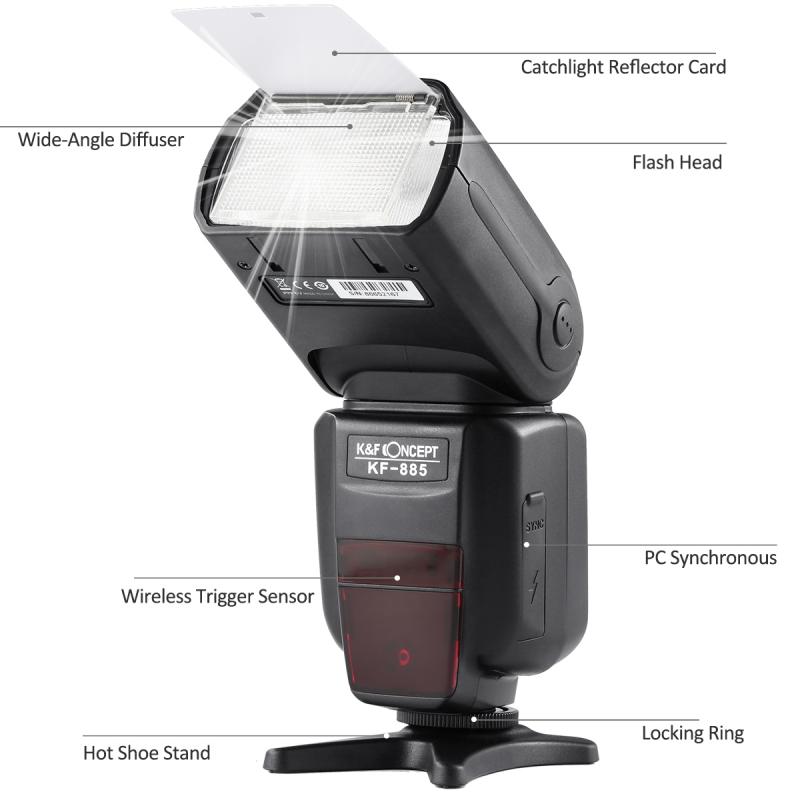
Start by powering on your Polaroid Snap camera. Ensure your camera is loaded with ZINK paper and has sufficient battery charge to avoid interruptions during your photography session.
2. Understanding Flash Modes
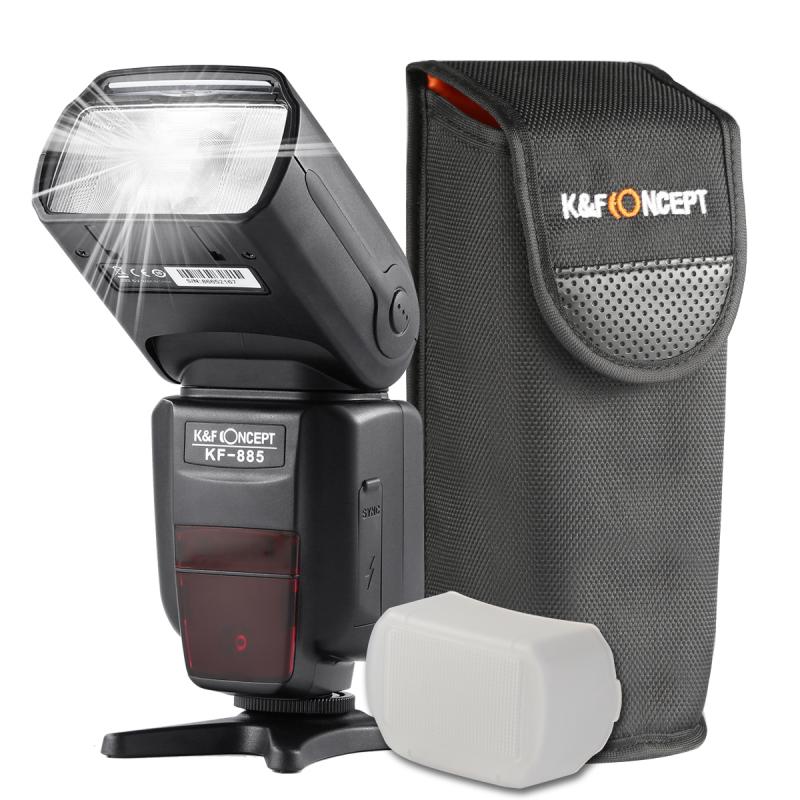
The Polaroid Snap camera’s flash features are relatively straightforward. It includes an automatic flash mode, which activates the flash when the camera detects low light conditions. However, depending on your environment and creative needs, you may prefer to manually control the flash setting.
3. Activating and Deactivating the Flash

To manually activate or deactivate the flash, follow these steps:
- Locate the flash button on your Polaroid Snap camera. This button is typically symbolized by a lightning bolt icon.
- Press the flash button to toggle between flash modes. The camera will cycle through auto flash, forced flash (always on), and flash off modes.
- Select the desired flash mode by pressing the button accordingly. An indicator light or an icon on the camera will inform you of the current flash setting.
4. Framing Your Shot
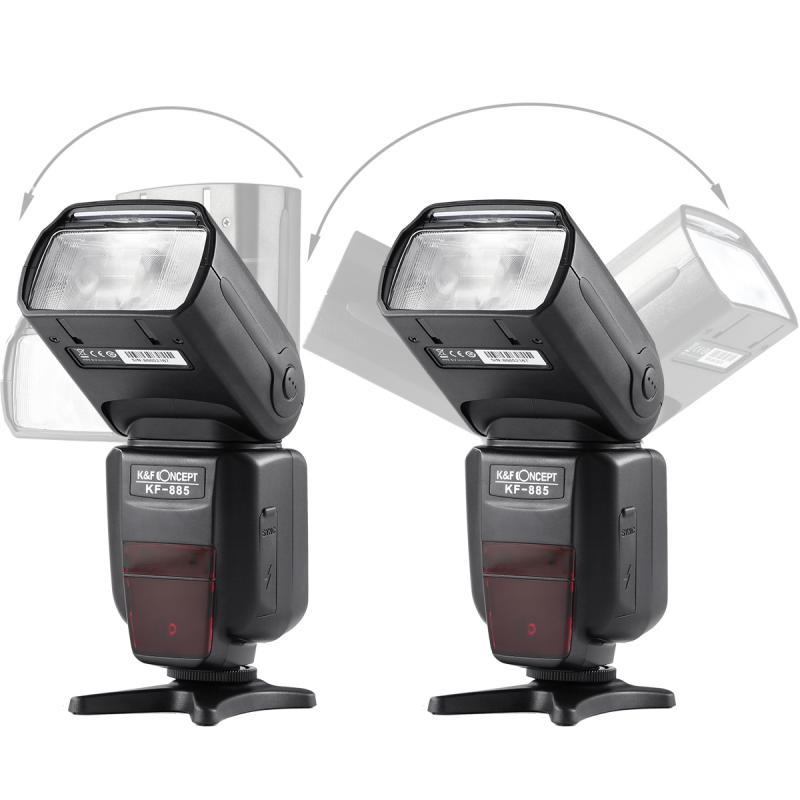
Properly frame your shot by positioning your subject in the viewfinder. When using the flash, ensure there are no reflective surfaces or obstructions that might cause glare or unwanted reflections.
5. Adjusting for Indoor and Outdoor Settings
- Indoor Photography: Flash is particularly beneficial indoors, where lighting can be dim or uneven. In forced flash mode, the flash will fire regardless of the ambient light, ensuring your subject is well-lit.
- Outdoor Photography: While shooting outdoors, it’s usually best to rely on the camera’s automatic flash mode. This will only activate the flash when necessary, such as during overcast conditions or in shaded areas. If you’re shooting in bright sunlight, the flash may not be needed at all.
6. Experimenting with Flash Techniques
Experimentation is key to mastering flash photography. Try various techniques to see what works best:
- Fill Flash: This technique is useful when there’s a harsh backlight. By activating the flash, you can brighten your subject’s face, preventing it from appearing too dark.
- Bounce Flash: If you have access to a white ceiling or wall, you can angle the flash to bounce the light, creating a softer and more diffused illumination. While the Polaroid Snap doesn’t have a swivel flash, you can simulate this effect by shooting at various angles.
7. Review and Adjust
After capturing a photo, review the instant print to evaluate the effectiveness of the flash. If the photo appears too bright or dark, adjust the flash setting accordingly and retake the shot. Polaroid Snap’s digital component also allows you to preview images on the LCD screen before printing.
## Practical Tips for Optimal Flash Use
Positioning
- Maintain an optimal distance between the camera and the subject. Being too close can result in overexposure, while standing too far can lead to underexposure. Typically, a distance of 4-8 feet is ideal for flash photography with the Polaroid Snap.
Avoiding Red-Eye
- Red-eye occurs when the flash reflects off the retina of your subject’s eyes. Minimize red-eye by ensuring there’s sufficient ambient light in the room, or by asking your subject to look slightly away from the camera lens.
Battery Management
- Frequent use of the flash consumes more battery power. Ensure your camera is fully charged before a photo session, or carry extra batteries to avoid interruptions.
Mastering Mode Settings
- Familiarize yourself with different mode settings on the Polaroid Snap (color, sepia, black & white). Flash usage may vary depending on the selected mode, and experimenting with these settings can produce unique visual effects.
Environmental Considerations
- Always be mindful of your surroundings. Reflective surfaces, such as mirrors or windows, can cause glare, while very dark environments might require additional steps, such as adjusting the flash intensity or incorporating other light sources.
## Conclusion
The Polaroid Snap camera is designed to deliver a fun, straightforward photography experience, but understanding how to use the flash can significantly elevate your photos, especially in challenging lighting conditions. By mastering the flash features and implementing the practical tips outlined in this guide, you can ensure your instant photos are vibrant, clear, and creatively fulfilling.
Whether you’re capturing a spontaneous moment with friends, an artistic composition, or documenting a cherished event, the Polaroid Snap’s flash functionality will help you achieve the best possible results. Practice, experimentation, and a keen understanding of light dynamics are the keys to mastering your Polaroid Snap camera. Happy snapping!



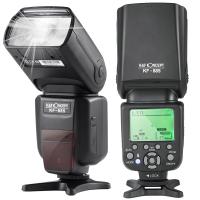
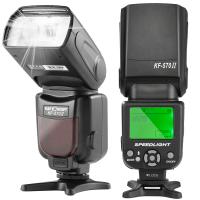

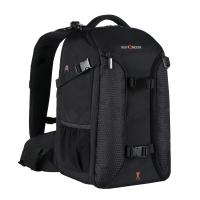
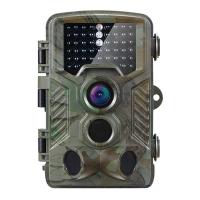
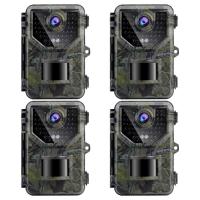
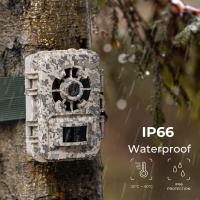



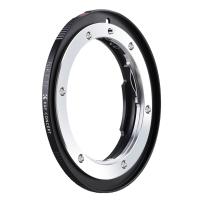
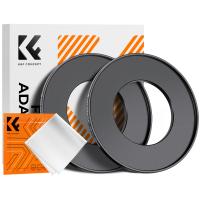




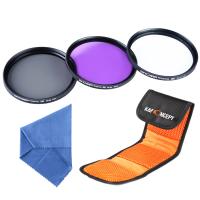
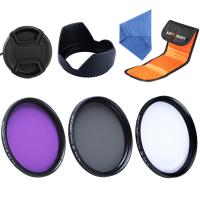

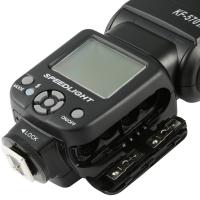
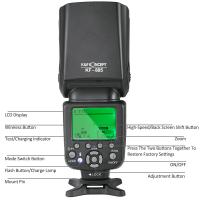
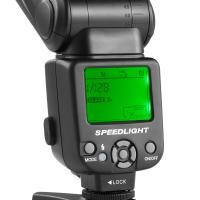
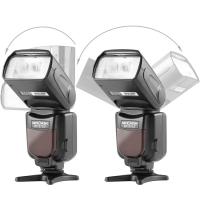
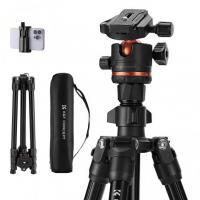
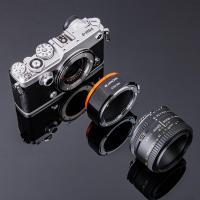
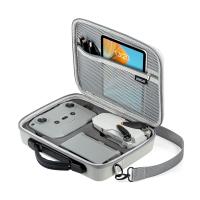
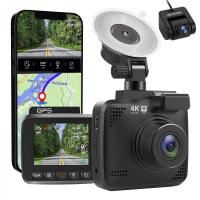
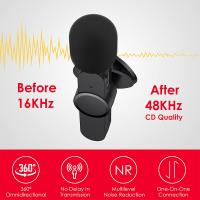
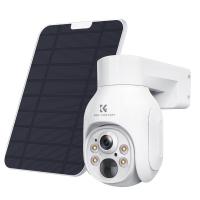





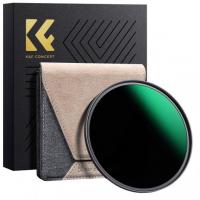
There are no comments for this blog.